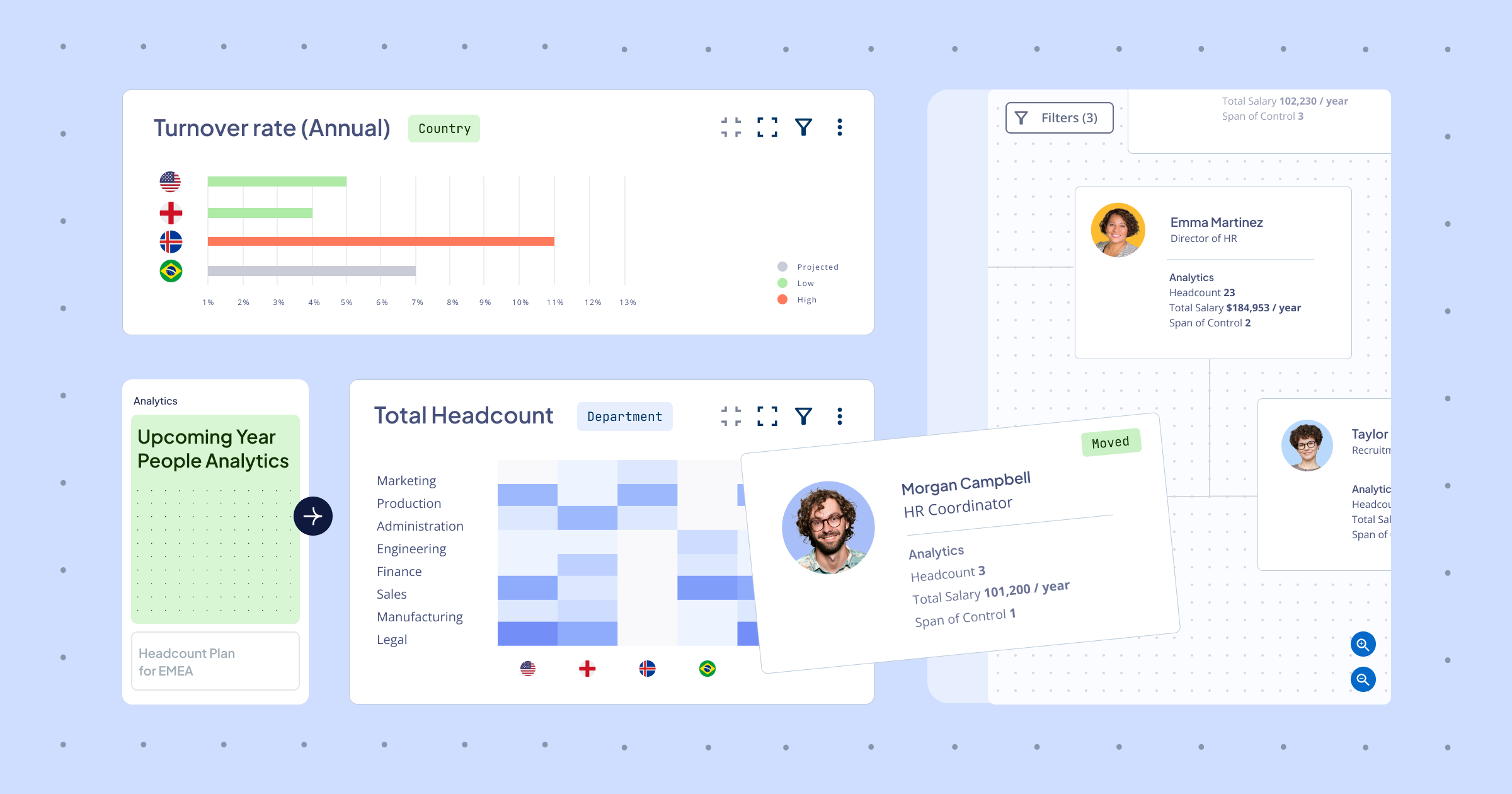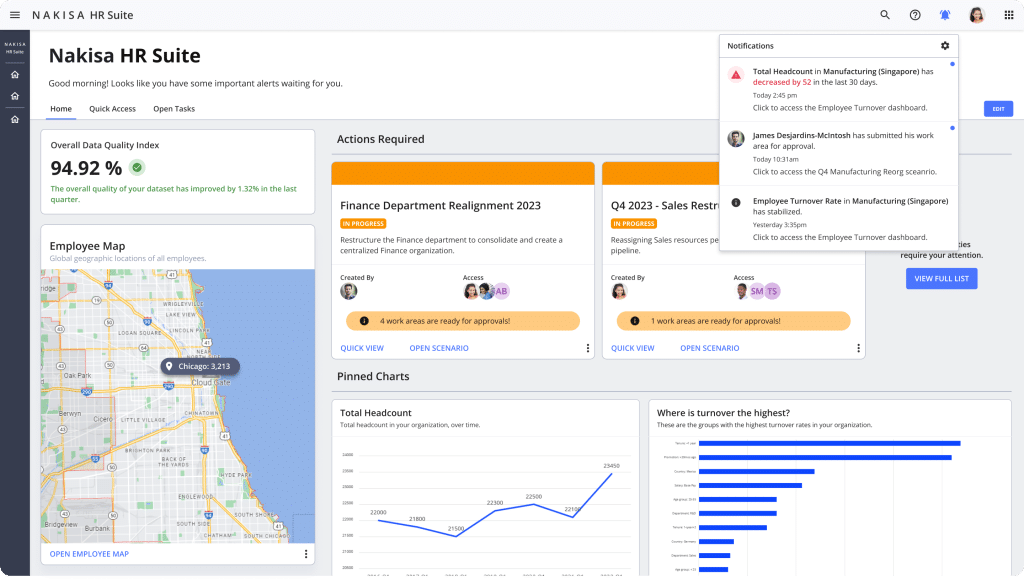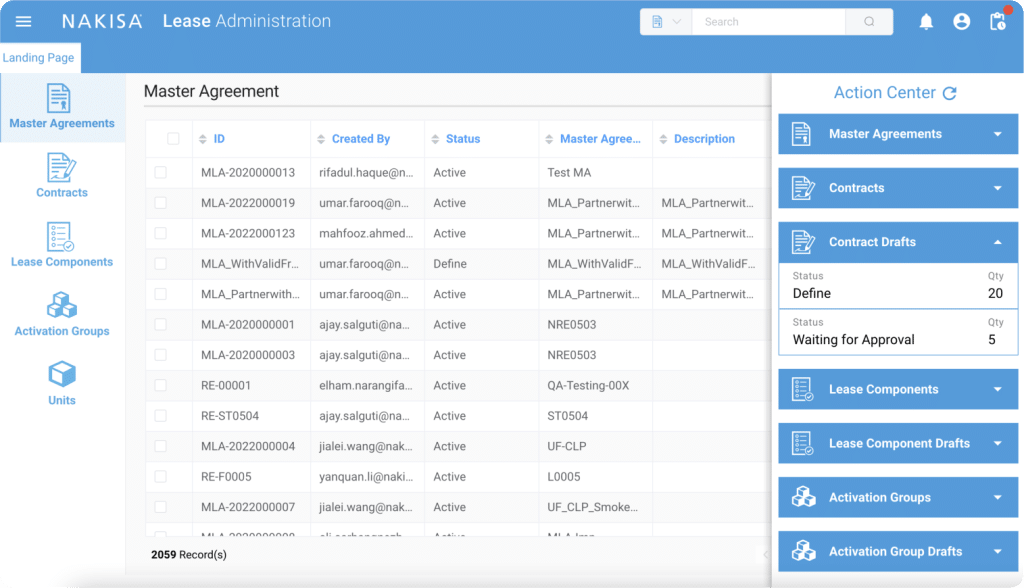Every part of the organization has its own favorite buzzword.
HR isn’t immune to this. For HR professionals, perhaps the most buzzworthy of buzzwords is “people analytics”.
However, the concept gets thrown around a lot in HR circles for good reason—it’s vitally important to the future of any business or organization.
As people analytics plays an increasingly prominent role in the work of human resources, it’s important to understand exactly what it is –and how it can help the work of not just HR but your entire organization.
People Analytics vs HR Analytics
So, what is people analytics, really?
According to HR membership organization CIPD, people analytics “is the use of people-data in analytical processes to solve business problems.”
People analytics and HR analytics are often used interchangeably, but there is a distinction between the two.
While HR analytics is focused on key business decisions and strategies—think operations, corporate structure, and organization design, as well as key finance decisions and budget allocation—people analytics is all about, well…people.
People analytics uses the power of data that tracks individuals’ behavior and key traits to provide vital insights into business challenges. Employee acquisition, hiring, and management, learning and development, and culture and engagement are all important areas of focus for people analytics.
3 Types of People Analytics
People analytics comes in three main forms, each with its own advantages for increasing company efficiency and employee satisfaction and performance.
- Descriptive people analytics takes raw data and summarizes it into information that tells you what has happened in the past or what is currently happening. In this way, descriptive analytics helps you spot important historical trends. For instance, a dashboard that shows the turnover rate or the number of people who have left your organization can signal issues with employee morale or engagement. Descriptive analytics can also help with diversity and inclusion initiatives by illustrating the makeup of your workforce.
- Predictive people analytics does exactly what its names suggests—predicts potential future trends in your organization with the aim to inform the right decisions. For instance, predictive analytics can help predict which types of candidates and employees will fit best with your company culture. Hiring better and helping current clients understand your company culture are two ways to reduce turnover rates and retain employees.
As Aditya Narayan Mishra, CEO at CIEL HR Services tells HR Technologist: “Organizations have a huge amount of data about their employees: their personal details, education, family background, and so on. They also have data about employees’ performance and behaviors. Hence, they can correlate all these three dimensions to determine the typical profile of an employee who is likely to be successful with them. That’s the power of predictive analytics!” - Prescriptive people analytics takes HR-related data to the next level by helping to dictate what actions to take to deal with a specific problem. For instance, prescriptive analytics technology can help outline the best onboarding and training approaches for new hires, based on their history, personal preferences, and learning styles.
The Future of People Analytics
With the increasingly sophisticated amount of data out there, what does the future hold for people analytics?
According to many business experts, the power people analytics provides to understand, plan, and make better business decisions, means it will be an increasingly important tool for business leaders. As HR leaders are best equipped to understand and implement strategies around this data, they are poised to become key leaders in today’s modern organizations.
As business analytics expert Dave Weisbeck writes for Visier:
“In the future, the CHRO alongside the CEO and CFO will form a triumvirate at the top of the corporation, where the people strategy and decisions related to it are rooted firmly in data-driven insights.”
In the end, this future is only possible if HR leaders are able to centralize and visualize all of this key data to make important decisions. That’s where HR technology, such as an organizational design solution, can help.
To learn more about Nakisa Workforce Planning software and its advanced people analytics capabilities visit here.





